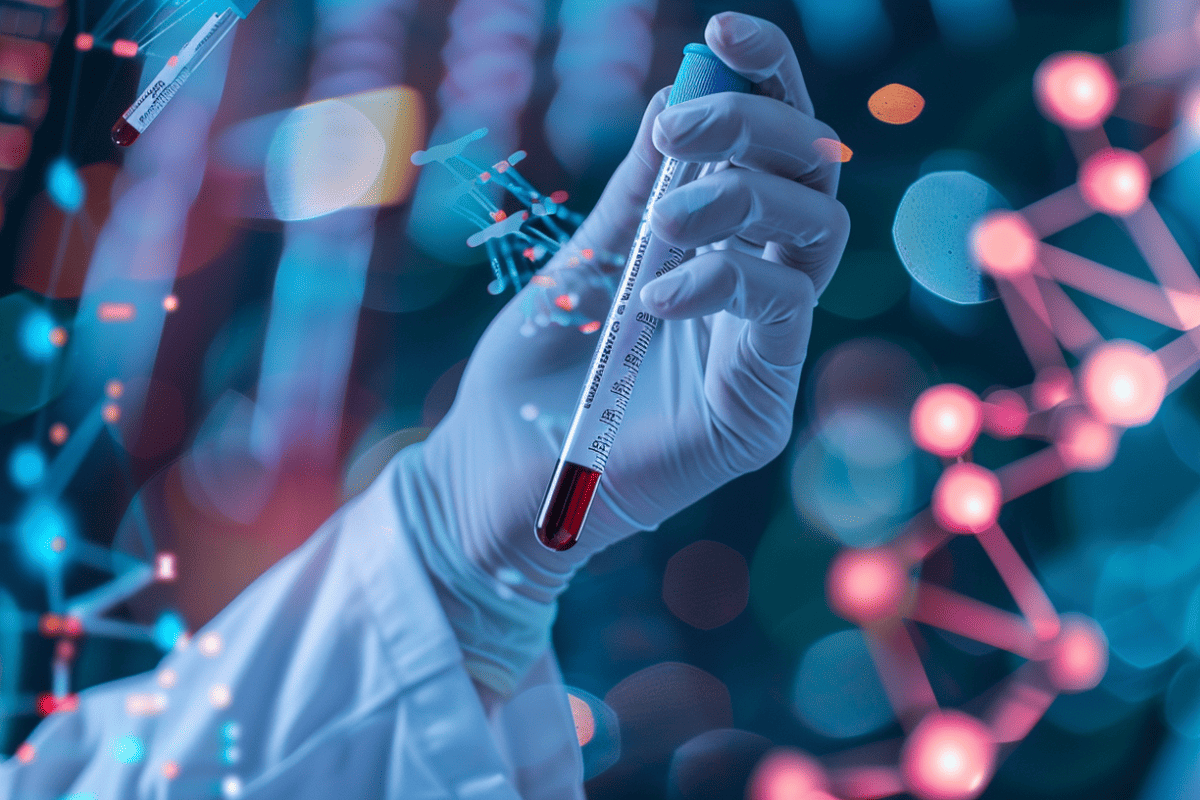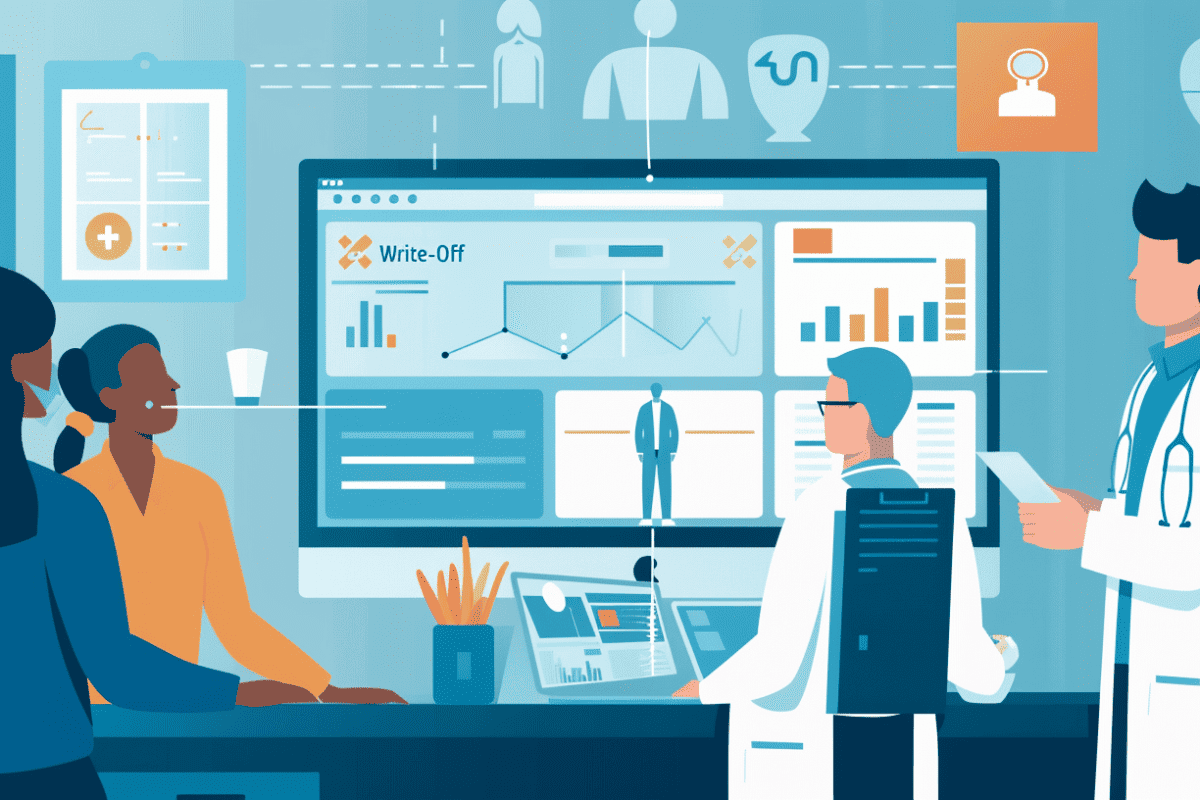Patients who are chronically ill or in an emergency often wait until their condition worsens before seeing a doctor. Remote Patient Monitoring (RPM) technology allows healthcare providers to gather patient health information (PHI) from their remote devices, such as smartphones, tablets, or laptops, and make necessary interventions and decisions if they need to be hospitalized.
The use of RPM in hospitals is becoming increasingly common, which gathers valuable health data from cellular devices, wearables, and trackers. The cloud-based application transfers data from the patient to the doctor, who can then store tracking data in the patient’s database and gain insights later.
What is the significance of RPM?
The remote patient monitoring system includes digital devices and applications that record, manage, and share (with clinicians) the data collected by mobile devices.
The majority of patient monitoring devices sold today have a home care application. Moreover, RPM is largely responsible for the growth of monitoring devices. Despite their importance everywhere, from hospitals to home care, it is much bigger than any other segment.
Remote Patient Monitoring in COVID
Through 2023, analysts expected the market for remote patient monitoring devices to grow by about 6%, reaching ~$20 billion in 2018. However, by 2022, analysts saw an active market of $39 billion.
It’s a USD 16 billion difference, or an opportunity nobody anticipated before the outbreak of COVID-19. Home healthcare has increased significantly since the pandemic. RPM was a popular option for patients who wanted to avoid visiting an outside physician but needed medical attention.
Benefits of RPM for Healthcare Professionals
There are many benefits of remote patient monitoring in healthcare. They can free up beds as a result of technological advancements. According to the Veterans Administration, hospital admissions and bed days have decreased by 25%. Mobile monitoring apps improve patient care, reduce organizational costs, and increase ROI when integrated with modern equipment.
The RPM system also provides real-time information about patients’ conditions. To achieve an impeccable healthcare IT infrastructure, doctors need to use remote patient management tools. They can use these tools to determine which patients require immediate care based on their health data.
Benefits of RPM for Patients
Health professionals are increasingly using remote patient monitoring (RPM) to improve patient outcomes and manage chronic conditions in seniors. With RPM, healthcare professionals can minimize travel expenses.
Benefits of RPM for the Healthcare system
Remote patient monitoring automates processes and offloads time-consuming manual processes to reduce physician workloads and improve efficiency.
A patient-centered rather than a provider-centered industry is being transformed by remote patient monitoring. In addition to traditional in-person visits, healthcare has evolved to include virtual patient engagement, continuous monitoring, reviewing medical records, providing educational materials, and reminding patients when needed.
Benefits of RPM for Chronic Patients
A physician can observe patients’ conditions outside of conventional healthcare settings for a long time by collecting data over a long period with RPM. Chronic patients have been using this system for many years because it collects more data over a longer period and provides a more accurate picture of the patient’s health.
Benefits of RPM for Geriatrics
Patients’ decision-making is shifting away from doctors as more people opt to live at home and use in-home hospice and RPM as options. In recent years, doctors have shifted their focus away from patients. Previously, doctors chose which treatments to give patients, but they now offer all options and let them decide for themselves.
Conclusion
Over the next few years, mobile technology is expected to increase the number of Remote patient monitoring solutions by ten percent or more. Besides the usual in-person visits, patients can now receive virtual engagement, ongoing monitoring, medical records review, educational information, helpful reminders, and more through Remote Patient Monitoring.
The capabilities of remote monitoring will increase as ambient intelligence, machine learning, and artificial intelligence become increasingly sophisticated. At HealthArc, we are convinced to provide sophisticated software, equipment, and tools to enable next-generation remote monitoring. Please, contact us if you would like more information.
Digital Health Buzz!
Digital Health Buzz! aims to be the destination of choice when it comes to what’s happening in the digital health world. We are not about news and views, but informative articles and thoughts to apply in your business.



One comment
Prateek Haswani
February 17, 2023 at 4:30 pm
Great, much-needed article!